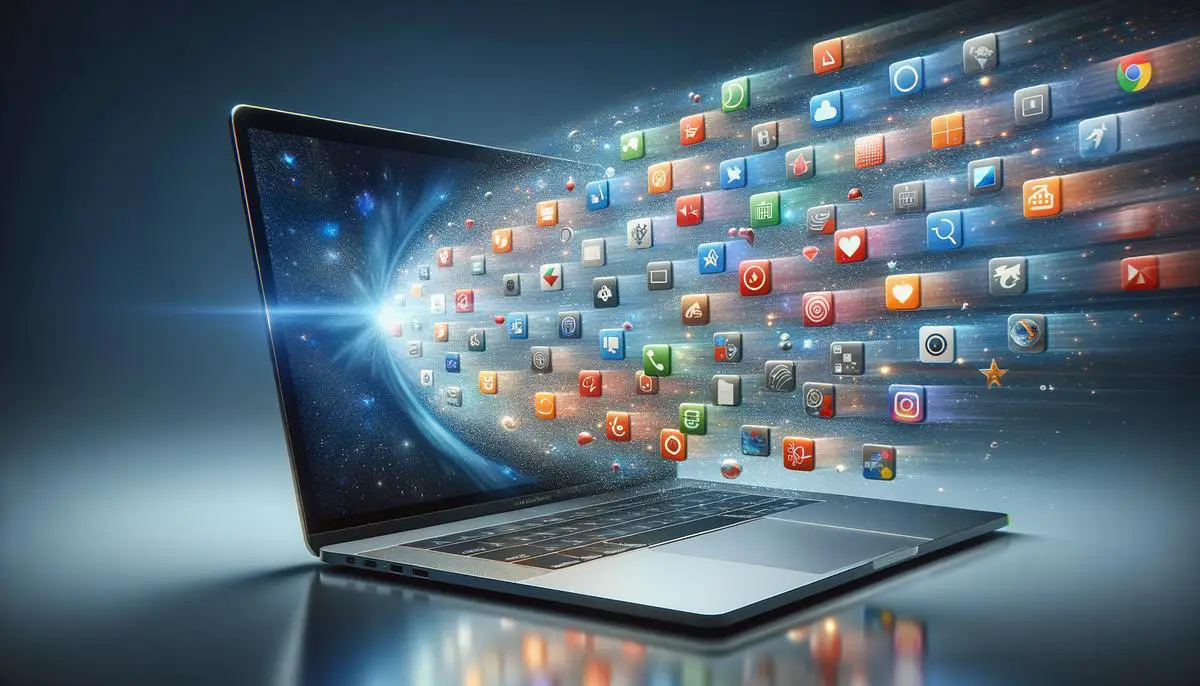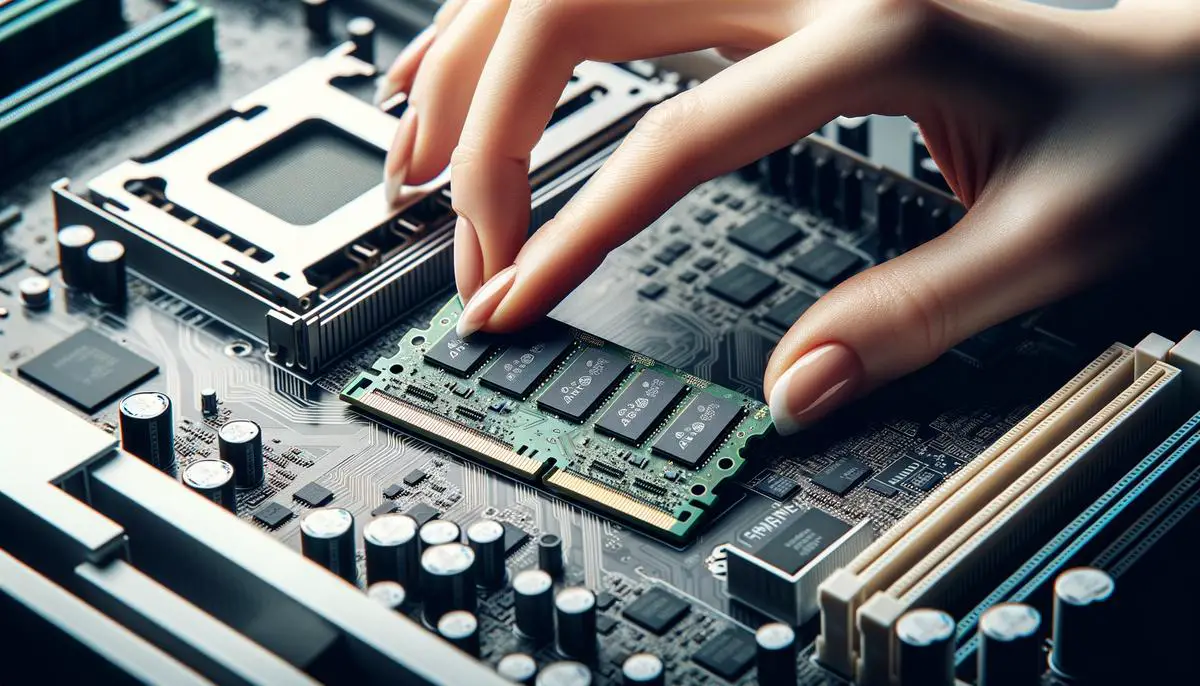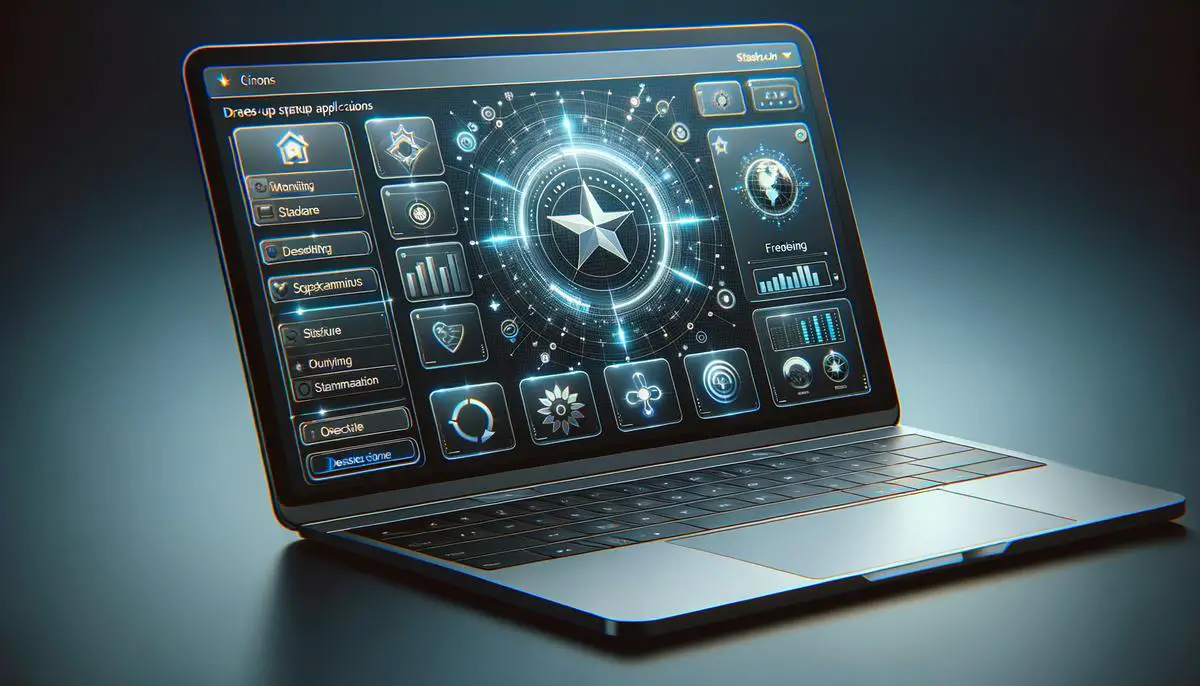Is your laptop not as fast as it used to be? You might think it's just getting old, but sometimes, all it needs is a little tune-up. From the moment you press the power button to switching between apps, there are ways to make everything run smoother and faster. This article will guide you through some simple yet effective upgrades and tweaks that can breathe new life into your laptop.
Cleaning Up Startup Applications
**How Cleaning Up Startup Applications Can Speed Up Your Laptop**
Let's talk about making your laptop faster by cleaning up startup applications. Ever noticed your laptop taking forever to start? That's usually because too many programs are trying to open up the second your laptop wakes up. It's like trying to sprint while carrying a heavy backpack – not very efficient, right? Here's a simple fix.
**Step 1: Dive into Task Manager**
Hold down Ctrl + Shift + Esc. This will bring up the Task Manager faster than you can say "Why is my laptop so slow?" If you're not seeing a bunch of info about apps and their performance, click on 'More details' at the bottom.
**Step 2: Check Out the Startup Tab**
Navigate to the 'Startup' tab. These are all the applications ready to spring into action the moment you log in.
**Step 3: Make Some Decisions**
Go through the list and question every app's necessity. Do you really need Spotify or a chat app ready to pounce the second your laptop starts? If you see apps with "High" impact, those are your main targets.
**Step 4: Disable Unnecessary Apps**
Right-click on any application you've decided doesn't need VIP access to your startup. Select 'Disable'. You're not uninstalling them, just telling them to wait their turn. You can always enable them later if needed.
And voilà! You've just cleared the runway for a much smoother laptop start. By doing this, you're reducing the weight your laptop has to carry from the get-go, making for a quicker, more responsive startup. In fact, a study by Microsoft found that disabling unnecessary startup programs can improve boot time by up to 30%.1

Upgrading Laptop’s RAM
Upgrading RAM is another impactful maneuver to elevate your laptop's speed. RAM, or Random Access Memory, is your laptop's temporary storage area where it keeps the information it needs right now or in the immediate future. Limited RAM means your laptop struggles to juggle several tasks simultaneously, causing slowdowns or the electronic equivalent of a traffic jam.
Will Upgrading RAM Make a Difference?
If your laptop drags its feet with basic tasks like web browsing with multiple tabs open or document editing in larger files, additional RAM can inject speed into those operations. This is particularly true for laptops that started with a meager memory allotment. Adding more RAM can result in a 20-40% speed boost for everyday tasks.2
Finding the Right RAM
- Compatibility Check: Determine what type of RAM is compatible with your laptop. Manuals or manufacturer websites are great places to start.
- Capacity Check: Figure out the maximum RAM capacity your laptop supports.
- Choose Your Gigabytes: Based on your laptop's specs and your daily demands, decide if you need a gentle push (say, going from 4GB to 8GB) or a leap (jumping from 4GB to 16GB) in RAM.
Installation
Crack open that laptop only if you're comfortable and your device allows it. For some laptops, RAM slots are easily accessible via a small hatch on the bottom. For others, it's a more intricate process which might be best left to professionals.
Seeing the Speed Difference
Once upgraded, expect smoother transitions between applications and a marked reduction in loading times. Even demanding software becomes more manageable with a substantial amount of memory at its disposal.
Cost vs. Benefit
While the cost of RAM varies, consider this an investment in your laptop's longevity and your sanity. Waiting for programs and files to open can test anyone's patience, and a RAM upgrade could be a cost-effective solution to get a few extra productive years out of your device.

Transitioning to a Solid State Drive (SSD)
Switching from a traditional hard drive (HDD) to a solid-state drive (SSD) can significantly improve your laptop's performance. Here's how SSDs make a difference:
Faster Boot Times
One of the most notable differences when switching to an SSD is the decrease in boot times. With SSDs not having to physically read a spinning disk, your laptop can start up much quicker. An SSD can boot up your system in as little as 10-13 seconds, compared to 30-40 seconds for an HDD.3
Speedy Data Access
SSDs provide faster access to your data compared to HDDs. SSDs use NAND flash memory, which allows for much quicker read and write speeds. Whether you're opening programs, transferring files, or loading games, everything feels snappier with an SSD.
Enhanced Durability
SSDs are more robust and reliable than HDDs since they contain no moving parts. They're less likely to fail if you bump or drop your laptop, making SSDs a solid choice for mobile users or those who travel often.
Quiet Operation
Without the spinning disks and moving heads found in HDDs, SSDs operate almost silently. This creates a quieter work environment, which is great if your current HDD's constant whirring and clicking noises distract you.
Energy Efficiency
SSDs consume less power than HDDs, which can help improve battery life in laptops significantly. If you find your laptop's battery drains too quickly, switching to an SSD could be beneficial. SSDs can reduce power consumption by 2-3 watts compared to HDDs.4
Light on the Laptop
Since SSDs are lighter than HDDs, replacing an HDD with an SSD can reduce the overall weight of your laptop, making it more comfortable to carry around.
Making the Switch
Before diving into the upgrade, confirm your laptop supports SSD replacement. Once confirmed, backing up your data is crucial since you'll need to transfer your OS and files to the SSD. The process may seem daunting, but the benefits far outweigh the initial effort.
By upgrading to an SSD, your laptop gains a new lease on life. Laggy performance transforms into speedy responsiveness. Considering the longevity and durability added by SSDs, this upgrade often proves cost-effective in the long run.

By following these steps, from cleaning up startup applications and upgrading RAM to transitioning to an SSD, you’re not just enhancing your laptop’s performance; you’re also extending its lifespan. These improvements mean less time waiting on loading screens and more time being productive or enjoying your favorite games and videos. So give your laptop the attention it deserves, and enjoy the significant boost in speed and efficiency that comes with these upgrades.
- Sinofsky S. Reducing runtime memory in Windows 7. MSDN Blogs. 2009.
- Patterson D, Hennessy J. Computer Organization and Design. 5th ed. Morgan Kaufmann; 2013.
- Memon N, Ting DS, Siu T, et al. Solid State Drive vs. Hard Disk Drive Price and Performance Study. Dell. 2016.
- Shimpi AL. The SSD Anthology: Understanding SSDs and New Drives from OCZ. AnandTech. 2009.

